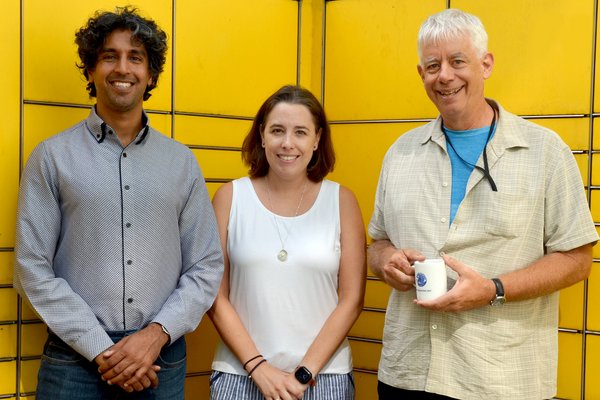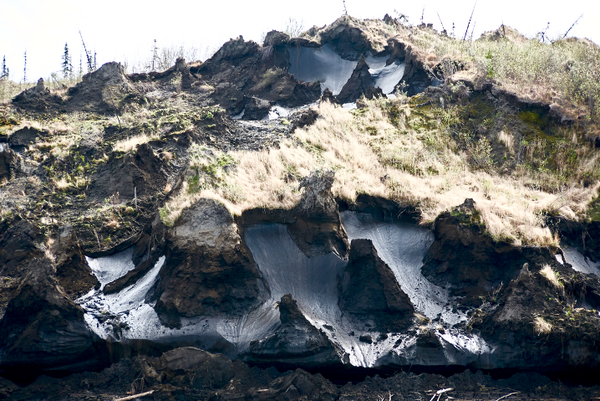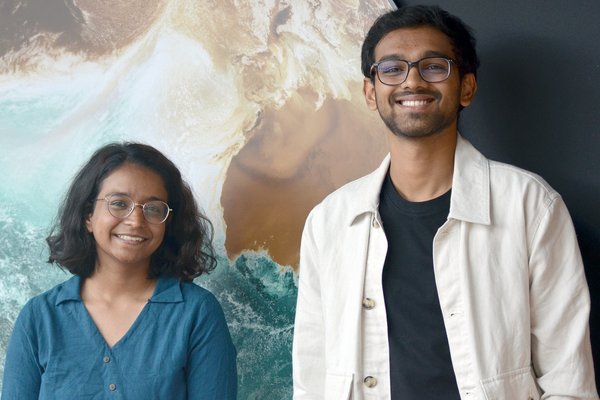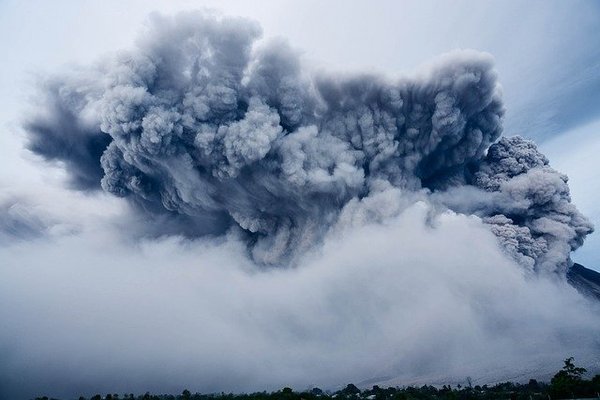![[Translate to English:] [Translate to English:]](/fileadmin/_processed_/f/c/csm_T_Orcestra_Wolken_38a6d5472a.jpg)
ORCESTRA: Exploring Tropical Clouds and their Impact on Climate
The ORCESTRA started his performance on August 10th in Cap Verde. The PERCUSION gives the beat by flying back and forth across the belt of deep rain…

Summer research and discoveries: International Visiting Scientists at the Max Planck Institute for Meteorology in Hamburg
It’s not just the people of Hamburg and the many tourists who know that Hamburg is particularly beautiful in the summer. The Max Planck Institute for…

Why stratospheric aerosol disproportionately cools the Indian and western Pacific Ocean
In a new study Moritz Günther, Hauke Schmidt, Claudia Timmreck, and Matthew Toohey show how aerosol perturbations in the stratosphere lead to a…

Why is climate stochastic?
A time series of a climate variable often resembles a random sequence. This apparent randomness is generally attributed to the unpredictable and…

Climate change amplified by permafrost cloud feedback
Researchers at the Max Planck Institute for Meteorology shed light on what may happen if the frozen soils thaw in response to global heating.…

Indian Master's students visiting as part of the IISER MPG Master's internship program
The Max Planck Institute for Meteorology is continuing its partnership with the Indian Institutes for Science Education and Research (IISERs) as part…

Humboldt Research Awardee Stephen Sitch at Max Planck Institute for Meteorology
Professor Stephen Sitch, a world-leading scientist from the University of Exeter, UK, scientist with outstanding achievements in terrestrial carbon…

Changes to the Warming Pattern in the Tropical Pacific
The Earth is rapidly warming in response to human-induced greenhouse gas emissions. The warming is however not uniform, with some areas of the Earth…
![[Translate to English:] [Translate to English:]](/fileadmin/_processed_/8/1/csm_Li_Chao_01_4079c539f8.jpg)
Chao Li appointed Distinguished Guest Professor at the Chinese Academy of Sciences
Dr. Chao Li has been awarded a Distinguished Guest Professorship at the prestigious Institute of Atmospheric Physics (IAP), the Chinese Academy of…

Scientific exchange: We welcome a delegation of Fudan University, Shanghai
A delegation of high-level representatives, led by Prof. Dr. Renhe Zhang, the former Vice-President of Fudan University, visits the Max Planck…

Linear climate response to idealized tropical volcanic eruptions
In a new study, Dr. Claudia Timmreck, Dr. Dirk Olonscheck and Dr. Shih-Wei Fang from the Max Planck Institute for Meteorology, together with…

A new mechanism for synchronising Heinrich events with Dansgaard-Oeschger cycles
The northern hemisphere climate during the last glacial period (about 65,000-15,000 years before present) was dominated by two prominent signals of…
